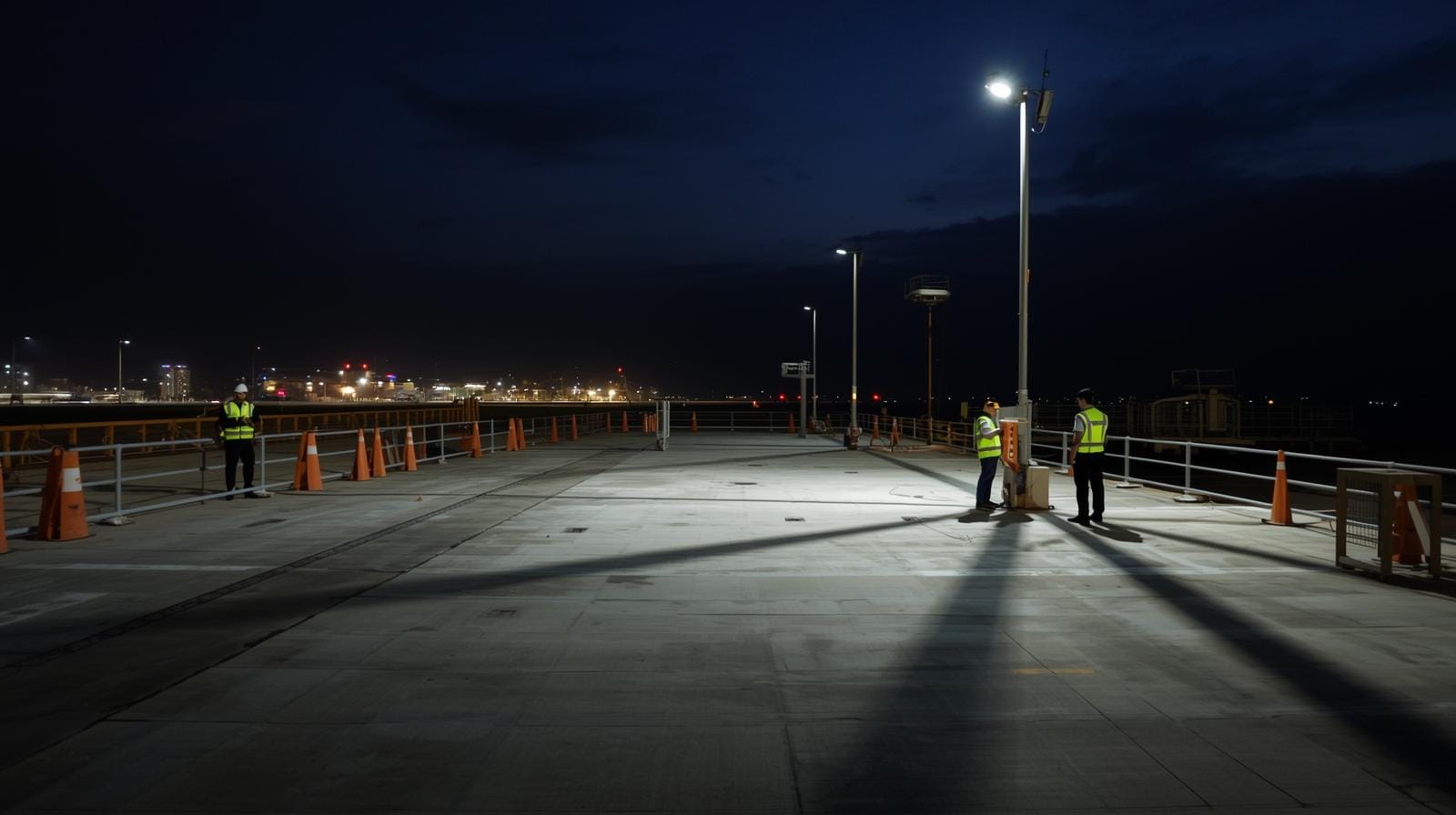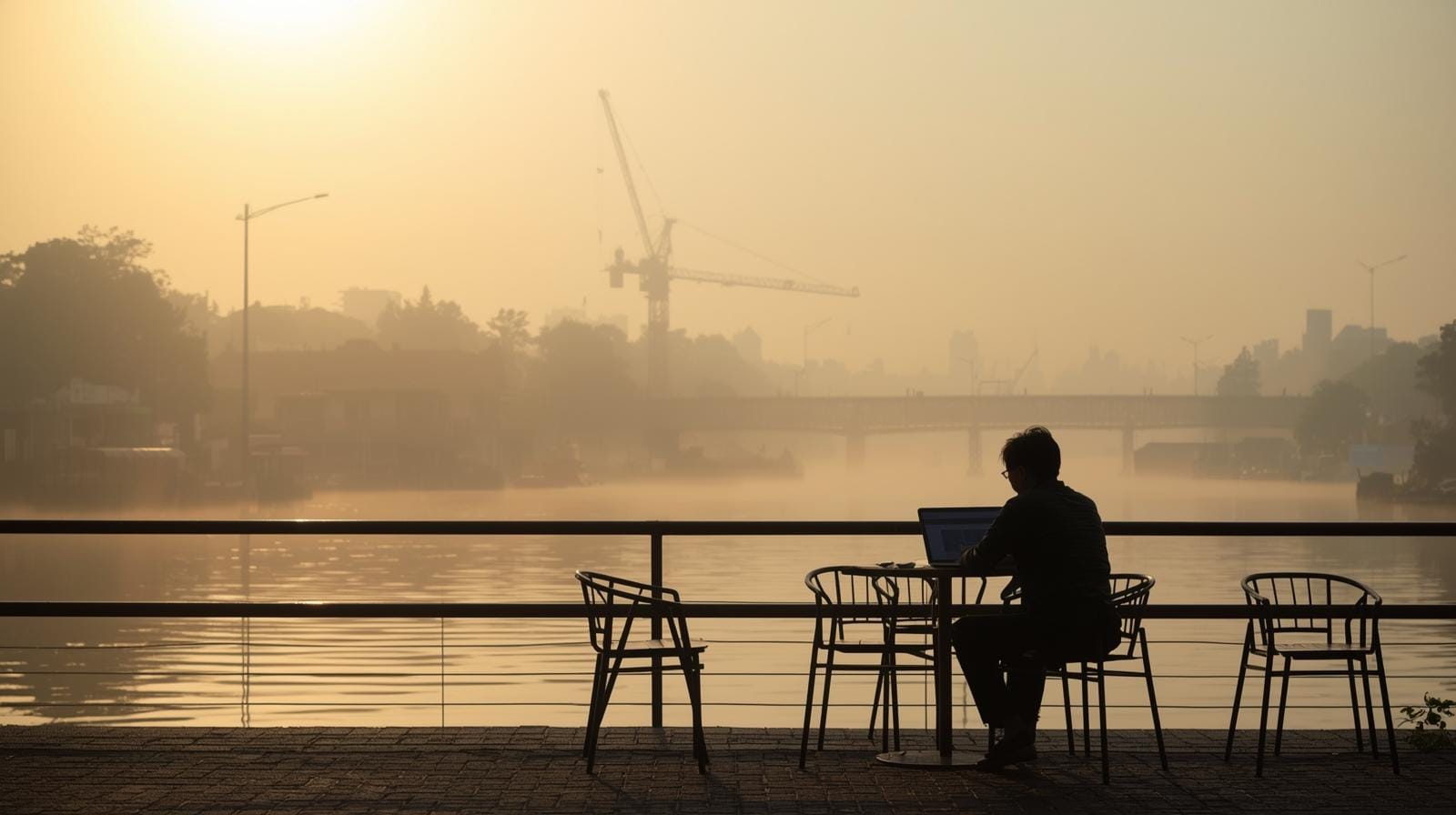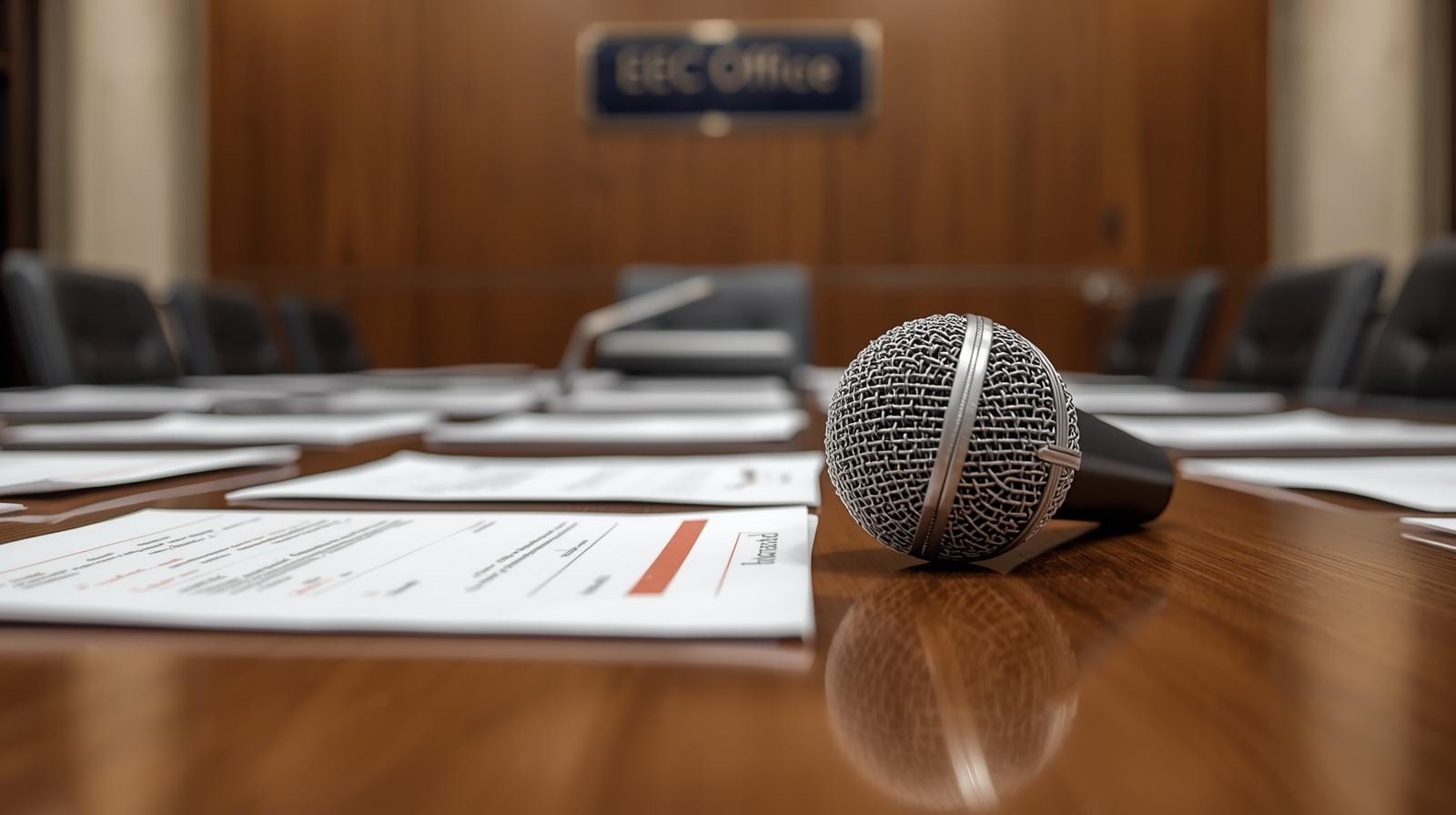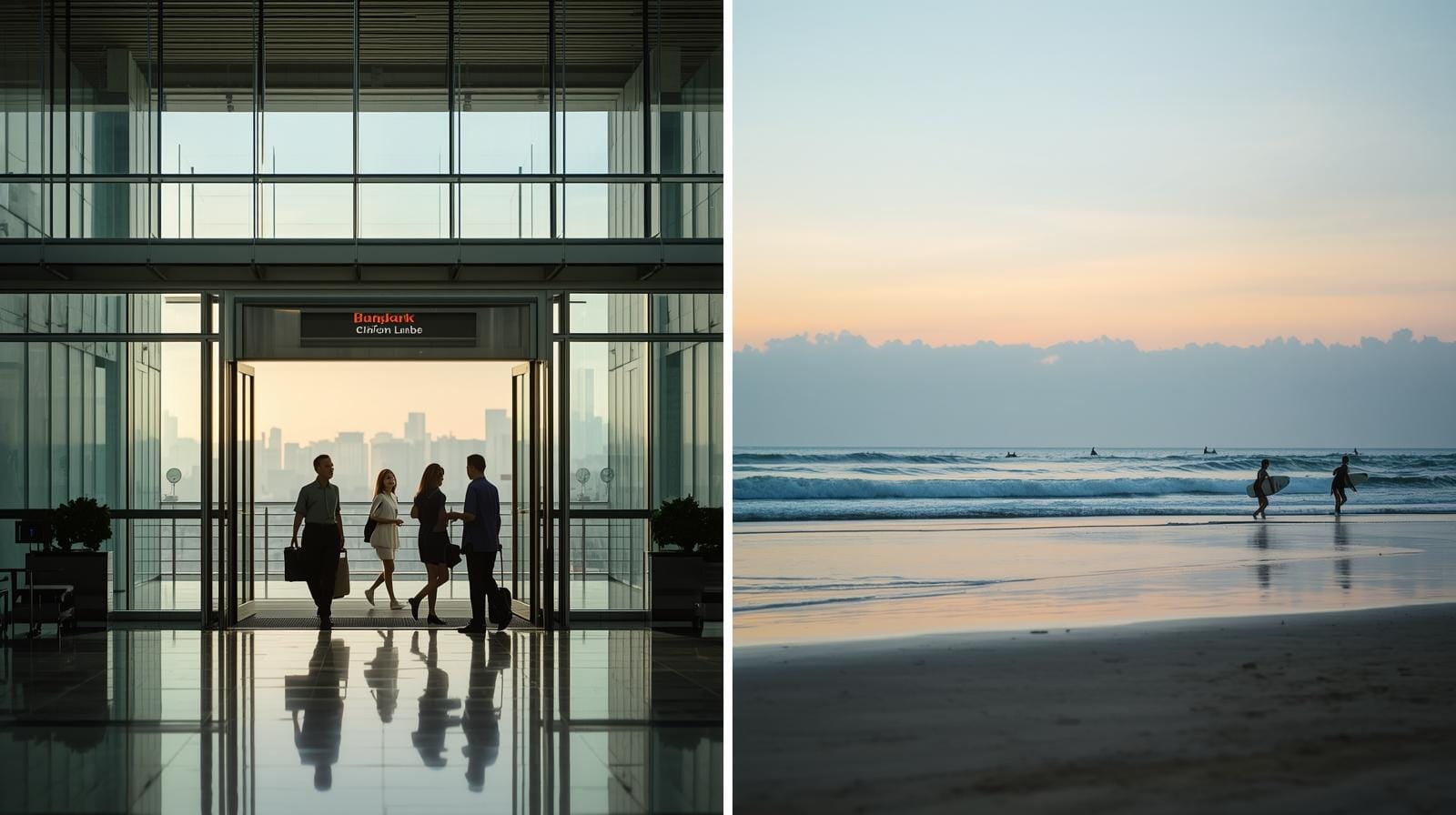What’s actually on the table
Thailand’s transport chief has floated an extension of the three-airport high-speed line from U-Tapao toward Rayong–Chanthaburi–Trat (≈190 km). The pitch: unlock eastern tourism and push EEC-style development farther along the coast. Early briefings mention coordination with the EEC Office and a near-term policy meeting; numbers circulating in trade press peg costs around ฿100bn+ for the add-on. The caveat: the core three-airport HSR is itself mired in renegotiation talk and delay, with Bangkok–U-Tapao still unresolved under the CP-led PPP. Before anyone books a beachside “founder rail commute,” separate political signaling from contractual reality.
Signal ≠ certainty. A ministerial proposal can move headlines — but PPP amendments, ridership math, and procurement law move steel.
The strategic logic is not crazy: a reliable 250 km/h spine could shrink travel times to Rayong/Trat, de-risk weekend commuting, and widen school–hospital–housing choices for tech workers. But any eastern spur ultimately stacks on top of a parent project still fighting for viability. Expect long timelines and phased scopes rather than a clean, one-and-done ribbon-cutting.

Ready to take your next step in Thailand?
The Thailand Advisor helps readers move from research to real action — connecting you with vetted local experts who understand the system, pricing, and process.
Whether you’re exploring visas, company setup, property, or insurance, you’ll get credible guidance from day one — no spam, no hidden fees.
Click below to start your short matching form and see who’s best positioned to help you.
Find Your Trusted Partner →Why tech expats should care
If the corridor materializes, it redraws the expat “tech belt.” Today’s triangle — Bangkok–Pattaya–Rayong — would stretch to Chanthaburi and Trat, putting quieter coastal towns within 90–120 minutes of capital-grade airports and care. That unlocks distributed teams, hybrid schooling, and week-split living (city mid-week, coast on delivery sprints). It also changes the calculus for data-center siting (cooling, land), logistics robotics, and clean-tech pilots that need industrial zones with real human talent inflow. Add the northbound Thai–China HSR milestone (targeted for 2030 operations) and Thailand’s rail map starts to look like a platform — not just transport. But timing will be non-linear; plan lifestyles and hiring models that don’t assume HSR punctuality.
Build for today, hedge for tomorrow. Use rail as optionality, not dependency — until shovels, schedules, and rolling stock are locked.
When rails do arrive, property micro-markets around stations historically reprice first; education/healthcare options follow. For a founder deciding between Bangkok rent and eastern seaboard lifestyle, the best play is hybrid: keep a city anchor near rail/airport nodes, trial a coastal base for teams needing focus, and stress-test it against actual timetable reliability — not press releases. Internalize that policy cycles can change faster than infrastructure.
Ready to take your next step in Thailand?
The Thailand Advisor helps readers move from research to real action — connecting you with vetted local experts who understand the system, pricing, and process.
Whether you’re exploring visas, company setup, property, or insurance, you’ll get credible guidance from day one — no spam, no hidden fees.
Click below to start your short matching form and see who’s best positioned to help you.
Find Your Trusted Partner →
What the documents and data actually say
Let’s separate hard signals from soft noise:
- Hard: Minister Phiphat Ratchakitprakarn publicly proposed the U-Tapao→Trat extension and initiated talks with the EEC Office. Multiple outlets reported the plan within the last week.
- Hard: The broader HSR program remains fragile. Thailand’s three-airport PPP has faced years of delay; officials just rejected a “pay-as-you-build” change and set a four-month window to resolve disputes.
- Hard: Thailand’s Bangkok–Nong Khai HSR segment (China link) still targets 2030 operations, giving a sense of macro timelines for complex rail.
- Soft: Route length (~190 km), cost (~฿100bn+), and station list are press-level — not yet cabinet-approved or EIA-cleared. Treat them as directional.
If it isn’t in an approved PPP/cabinet/EIA document, it’s a scenario — not a plan.
For a tech expat household, the operational truth is boring but vital: until a financial close is inked and construction milestones post monthly, assume cars + planes are your backbone and rail is your upside. That mindset avoids the classic expat error of building life and burn around a future-tense timetable.

Ready to take your next step in Thailand?
The Thailand Advisor helps readers move from research to real action — connecting you with vetted local experts who understand the system, pricing, and process.
Whether you’re exploring visas, company setup, property, or insurance, you’ll get credible guidance from day one — no spam, no hidden fees.
Click below to start your short matching form and see who’s best positioned to help you.
Find Your Trusted Partner →Actionable playbook for founders & remote teams
1) Location strategy: Treat Bangkok east (Bang Na–Lat Krabang–Chachoengsao) as your airport-proximate base; explore Rayong/Chanthaburi for deep-work sprints and team offsites. This keeps you close to Suvarnabhumi today and positions you for HSR tomorrow.
2) Hiring & mobility: Recruit across Bangkok/Pattaya first; pilot coastal rotations quarterly. Budget road time rather than rail for 2026–2028.
3) Risk controls: Bake transport variance into SLAs; keep key client meetings within airport-rail-linkable city hours.
4) Family & care: Map hospital/school nodes first, then choose neighborhoods; rail should not be the deciding factor until schedules exist.
5) Capital & leases: Prefer 1–2 year contracts with station-area options. If a Trat alignment firms up, you want the right to expand without paying post-announcement premiums.
For context on policy and lifestyle shifts shaping these decisions, see our coverage on visa consolidation and foreign business rules, and our tech-lifestyle trendline.

Sources: Nation Thailand; Reuters (Thai–China HSR 2030); Pattaya Mail; Rail-Asia / Travel & Tour World.
Read next → Smart Living in the City of Angles: How Thailand’s New Elite Are Quietly Redefining Luxury (tech-lifestyle patterns that pair with rail optionality).
Ready to take your next step in Thailand?
The Thailand Advisor helps readers move from research to real action — connecting you with vetted local experts who understand the system, pricing, and process.
Whether you’re exploring visas, company setup, property, or insurance, you’ll get credible guidance from day one — no spam, no hidden fees.
Click below to start your short matching form and see who’s best positioned to help you.
Find Your Trusted Partner →Meet Breeze — the easiest way to stay online in Thailand.
No plastic SIMs. No queues. Just instant data when you land.
Skip the airport SIM hunt. With Breeze eSIM, you’re connected the moment you arrive. Choose your plan, scan your QR, and enjoy fast data across Thailand — prepaid, secure, and hassle-free.
Travel smarter. Stay connected with Breeze.







